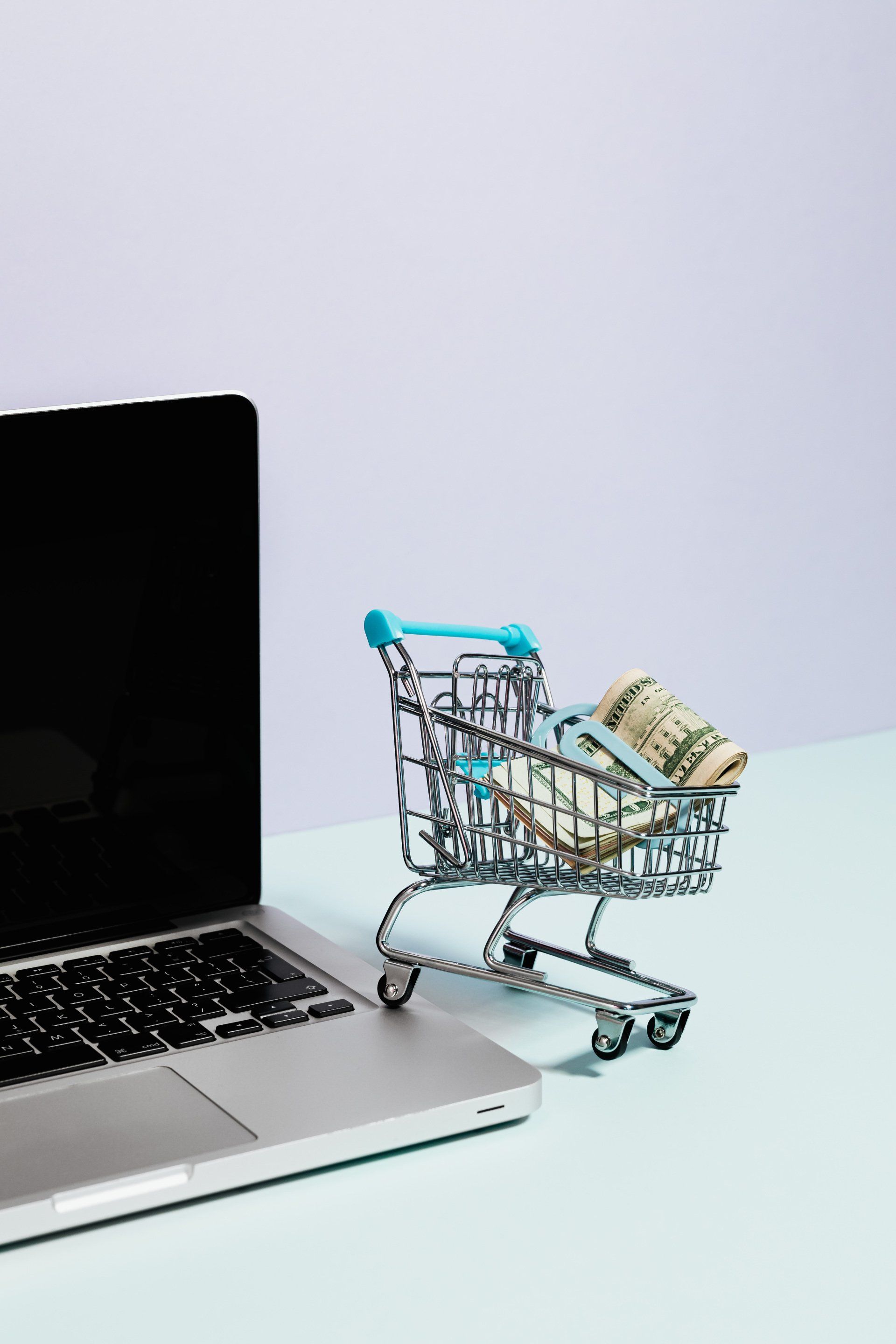Part 1: 15 ways pop-ups will turn your website into a sales superstar
Pop-ups on websites sometimes have a bad reputation. We’ve all known them to appear at just the wrong time and block out the site we’re trying to look at. But times have changed and this reputation is no longer deserved. In fact, pop-ups can work very well and increase sales, when businesses use them correctly.

The average pop-up conversion rate in 2020 was 3.09%, according to Popupsmart. This compares very favourably with email conversion rates, which range from 0.31% to 4% (depending on the industry), according to Klaviyo.
The key to pop-ups which work is:
· Don’t block a page completely
· Only share information which is relevant
· Make sure they appear at the right time
· Provide a powerful call-to-action (CTA)
How can pop-ups turn your website into a sales superstar?
1.
Segment your audience
Your website visitors will vary in terms of age, gender, geographical location and interests. So don’t use the same message for everyone, because it won’t work for a large part of your audience.
One easy way to segment your audience is through traffic source – for example a first time visitor from social media would benefit from a different message to an existing customer from your email list.
2. Give helpful information
Pop-ups which are just about the hard sell can be very off-putting. So even though the ultimate aim is to make sales, start out by giving your visitors helpful information.
If you give your visitors relevant and useful information related to your niche, they will see your website as a credible and reliable source and are more likely to return in the future.
3. Remind customers to complete their purchases
Visitors abandon their online shopping baskets for many reasons. Sometimes they literally just get distracted and forget what they are doing! As they have already shown an interest in your products or services, they are likely to come back at some point.
Use a pop-up to remind them what they already have in their baskets and encourage them to complete their purchases.
4. Understand geographical differences
Whether your business is very local or multinational, there will be differences between what people want to see from you, based on the different countries, regions, counties or towns where they live.
A well-timed pop-up is a great way to provide a quick, customised message to your audience, which is relevant to their location.
5. Highlight special offers
It’s easy for your visitors to miss special offers on your website, especially if you have a big product range.
A pop-up can be used to draw attention to your latest promotions, making them much harder to miss.
6. Recommend products
Whether they are bestsellers or products related to something a visitor has just put into their basket, a well-timed pop-up is a great way to recommend products.
It might be something they would have otherwise forgotten or something they have been looking at, but a visitor who is already engaged is more likely to buy a recommended product.
7. Understand geographical differences
Whether your business is very local or multinational, there will be differences between what people want to see from you, based on the different countries, regions, counties or towns where they live.
A well-timed pop-up is a great way to provide a quick, customised message to your audience, which is relevant to their location.
8. Highlight special offers
It’s easy for your visitors to miss special offers on your website, especially if you have a big product range.
A pop-up can be used to draw attention to your latest promotions, making them much harder to miss.
9. Recommend products
Whether they are bestsellers or products related to something a visitor has just put into their basket, a well-timed pop-up is a great way to recommend products.
It might be something they would have otherwise forgotten or something they have been looking at, but a visitor who is already engaged is more likely to buy a recommended product.

10. Encourage visitors to stick around
An exit-intent pop-up comes up when a visitor is about to leave your site. It is a final chance to grab their attention – so use the pop-up to offer something they would find it hard to refuse, such as an exclusive discount, free delivery or a free trial.
11. Provide delivery information
Delivery costs and times are often a deal-breaker when it comes to online shopping. People may abandon their baskets to check on the delivery detail and not return. Make sure they can’t miss the answers they need with a pop-up at just the right time.
12. Collect feedback
A pop-up is a great way of collecting customer feedback. It not only helps you to make improvements to your brand, your products and your customer service, but it also shows customers that you value what they think.
Customers who feel that your business cares about them are more likely to return in future.
13. Sign up for reminders
This sort of pop-up is particularly useful for when a product is out of stock. Rather than risk losing a customer completely, use a pop-up to collect their details so that you can email to let them know when the product is back in stock.
This saves them the hassle of looking elsewhere and helps you hang onto a valuable customer.
14. Create urgency
Many customers find it hard to resist an offer that is coming to an end or a product which is going out of stock.
Use a pop-up which says something like: Buy now! Offer expires at midnight to create urgency and encourage visitors to buy before they miss out.
15. Offer chat support
Websites and product ranges can sometimes appear overwhelming. A visitor might just need a little bit of help to point them in the direction of what they are looking for – whether a particular product, delivery information or something else.
A pop-up chat box will show visitors that your business values them and is happy to help them, which builds trust.
Times have changed since the frustrating pop-ups which blocked entire screens. Now pop-ups can provide the help your visitors need at just the right time. They can build trust, improve engagement and increase sales and conversions.
Pop-ups really can help turn your website into a sales superstar!

More Posts.







